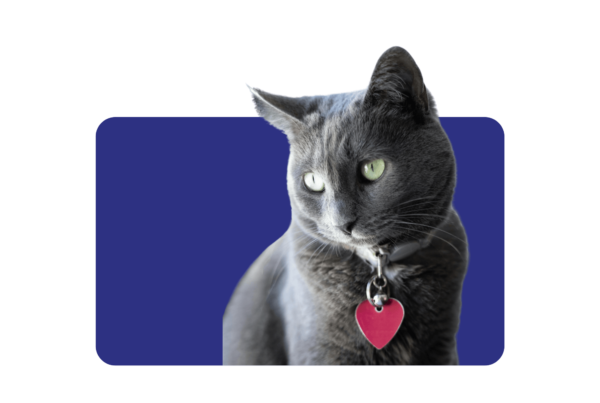Raw food: can I give it to my pets? This is a question vets are often asked because raw food diets, whether home made or manufactured, have become increasingly popular among pet owners shying away from store bought kibble for fear of preservatives. But how safe is it to feed raw food to your pet and if you do, what precautions do you need to take to ensure your pet is getting everything he or she needs?
Raw food: what is it?
Raw food for cats and dogs usually consists of raw meat, offal and raw bone, along with other ingredients such as fruit, vegetables, oils, nuts and seeds.
Sometimes supplements are added to ensure that essential vitamin and mineral requirements are met. There are two types of raw feeding; homemade raw diets and commercially prepared raw diets.
Raw food: the risks
-
Malnutrition
It is very difficult to formulate a correctly balanced diet for your pet at home, even if you’re given a recipe. This is because pets have different nutritional needs depending on their breed, size, life stage and unique illnesses or health status.
Imbalances and deficiencies can result in problems for pets, especially these most vulnerable who show clinical signs from a deficient diet earlier than normal healthy adults on a deficient diet:
• Pets that are still growing
• Pets who have a chronic illness
• Pets who are pregnant or feeding puppies or kittens
Research done on 95 raw food rations from adult dogs in Germany showed that 60% had one or more imbalance in term of the minerals, trace elements and vitamins
While homemade diets provide more flexibility for pets with very specific nutritional needs, they are challenging and require significant research and expert guidance to undertake with any success.
2. Pathogenic bacteria
There is a much higher risk of bacteria such as Salmonella and Listeria in raw food than in dry dog or cat food and raw fed pets create an elevated risk of spreading such resistant bacteria. Organisms that can be spread by feeding raw food include bacteria such as Salmonella, Listeria, E coli and parasites like Toxoplasma gondii. There is a risk of abortion when pregnant women get into contact with Toxoplasma.
The owner can come into contact with the bacteria when preparing the food or cleaning the bowls, contact with the pet when the pet licks the owner or when the owner picks up the faeces. This is of particular concern if you have immunosuppressed or ill people in your household.
There is also an increased risk of polyradiculoneuritis (when the immune system attacks the nerves) due to bacterial contamination of raw chicken.
Raw food: safety measures you need to take
- If it is a commercially prepared raw diet, make sure it is balanced and safe. Commercially prepared food must comply with certain criteria.
- Take away the bowl after 15 minutes.
- Discard uneaten food.
- Clean the food bowl thoroughly.
- Wash hands and surfaces that were in contact with raw meat thoroughly with soap and water.
- Do not refreeze raw food.
- If your pets’ raw food has been frozen, defrost in the fridge or at room temperature. Do not put out in the sun. Keep in a sealed container or your pet’s bowl with a cover over it.
- Deworm pets on a monthly basis because they are at a higher risk of contracting worm infestations and pose a risk to members of the household.
When not to feed a raw diet
- If there are small children in the house
- Pregnant women
- Older people
- People or pets with cancer and/or undergoing chemotherapy.
- People or pets with suppressed immune systems.
If you need help with making a decision on whether or not to feed raw food diets or if you have any questions, please do not hesitate to contact your veterinarian. She or he will be able to guide you in a way that keeps your pet, and your family, safe.
Commercially prepared raw foods
Some manufacturers produce ‘complete’ frozen and freeze-dried raw foods for cats and dogs that have been specially formulated to provide the nutritional balance a cat or dog needs in their daily diet, whilst a ‘complementary’ pet food will need to be fed alongside another food source. The pet food label will tell you whether it’s ‘complete’ or ‘complementary’ along with directions for feeding and feeding guidelines. Ask our EberVet Vetshops about the Vondi’s range of frozen foods which includes foods that have lightly cooked meats but raw vegetables.





